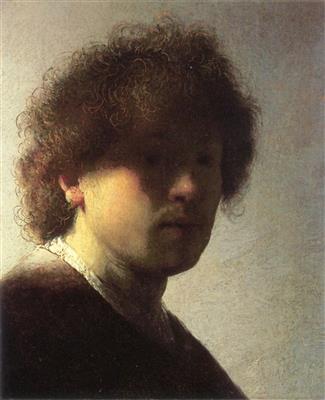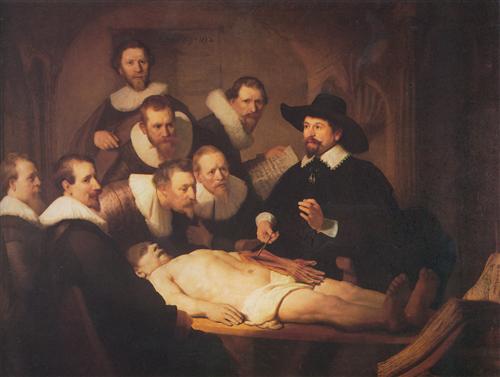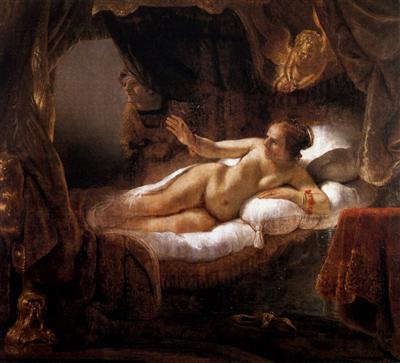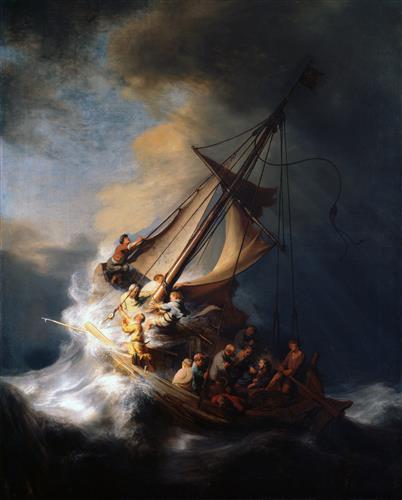Are you a fan of art history? Do you love learning about the lives and works of famous painters? If so, you’ll definitely want to read on about Rembrandt Harmenszoon van Rijn, the iconic Baroque artist known for his stunning portraits and genre scenes.
Rembrandt wasn’t just a talented painter — he was a complex and fascinating individual with a tumultuous personal life and a career full of ups and downs. In this article, we’ll explore the highlights of Rembrandt’s life and delve into the stories behind some of his most famous works. Plus, we’ll share some fun facts and lesser-known tidbits that will have you falling in love with this master artist all over again.
From Struggling Artist to Artistic Genius: The Early Life of Rembrandt
Rembrandt was born in 1606 in Leiden, Netherlands, the ninth child of a prosperous miller and a baker’s daughter. Despite his parents’ wealth, Rembrandt had a difficult childhood — his mother passed away when he was just six years old, and his father struggled with financial difficulties.
Despite these challenges, Rembrandt’s artistic talents were apparent from an early age. He began studying art at the age of 14, apprenticing with a local history painter and learning the skills of the trade. After completing his apprenticeship, Rembrandt enrolled at the University of Leiden to study art and literature.
It was during this time that Rembrandt truly began to flourish as an artist. He quickly gained a reputation for his skilled drawings and paintings, and soon began to receive commissions from wealthy patrons.
“Practise what you know, and it will help to make clear what now you do not know.”
― Rembrandt Harmenszoon Van Rijn
The Height of Rembrandt’s Career: Masterpieces and Controversy
In the 1630s and 1640s, Rembrandt reached the peak of his artistic career. He was commissioned to paint a series of portraits for the wealthy merchant brothers Jan and Frans Banning Cocq, which would later become known as “The Night Watch.” This iconic painting, which depicts a group of civic guardsmen in a dramatic pose, is considered one of Rembrandt’s masterpieces and is still on display at the Rijksmuseum in Amsterdam.
But Rembrandt’s success wasn’t without its controversies. He was known for his unconventional painting techniques and his use of chiaroscuro, which often resulted in his works being criticized as “unfinished” or “sloppy.” Despite this criticism, Rembrandt continued to push the boundaries of traditional painting and paved the way for future artists to experiment with different styles and techniques.
“Without atmosphere a painting is nothing.”
― Rembrandt Harmenszoon Van Rijn
Tragedy and Financial Struggles: The Later Years of Rembrandt
Unfortunately, Rembrandt’s later years were marked by personal tragedy and financial struggles. In 1642, his beloved wife Saskia passed away, leaving him to raise their young son Titus alone. Rembrandt also faced financial difficulties, as his lavish spending habits and opulent lifestyle had left him deeply in debt.

Despite these challenges, Rembrandt continued to paint and create art until his death in 1669. He left behind a legacy of over 300 paintings, 300 etchings, and 2,000 drawings, many of which are now considered some of the greatest works in art history.
“Life etches itself onto our faces as we grow older, showing our violence, excesses or kindnesses.”
― Rembrandt Harmenszoon Van Rijn
Experience the Magic of Rembrandt’s Art for Yourself
If you’re a fan of art and history, I highly recommend checking out some of Rembrandt’s works in person. Many of his paintings are on display in museums around the world, including the Rijksmuseum in Amsterdam.
Looking to explore more art genres? Head over to JoeLatimer.com for a multidisciplinary, visually stunning experience. ☮️❤️🎨
Enjoy this blog? Please help spread the word via:












